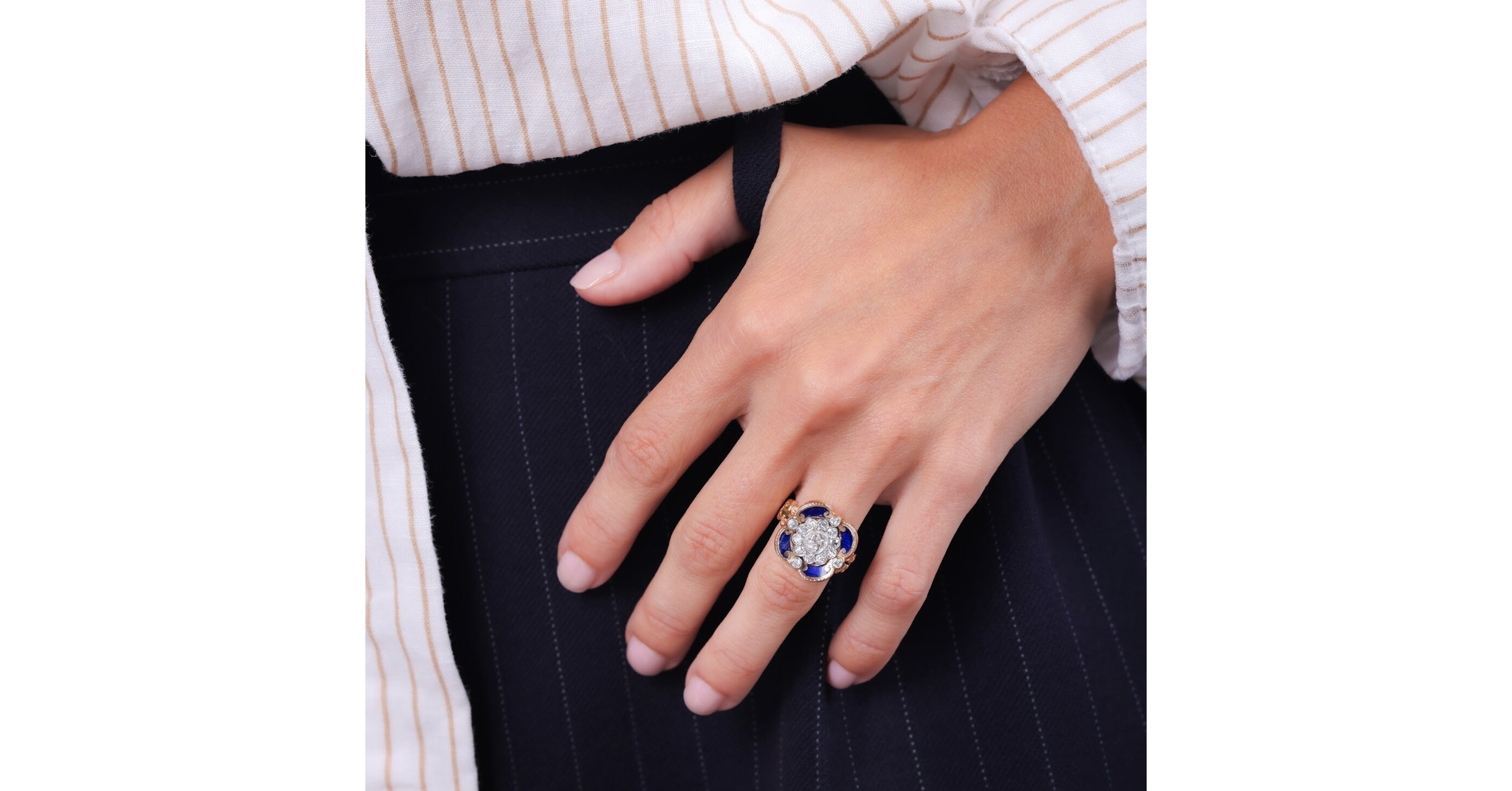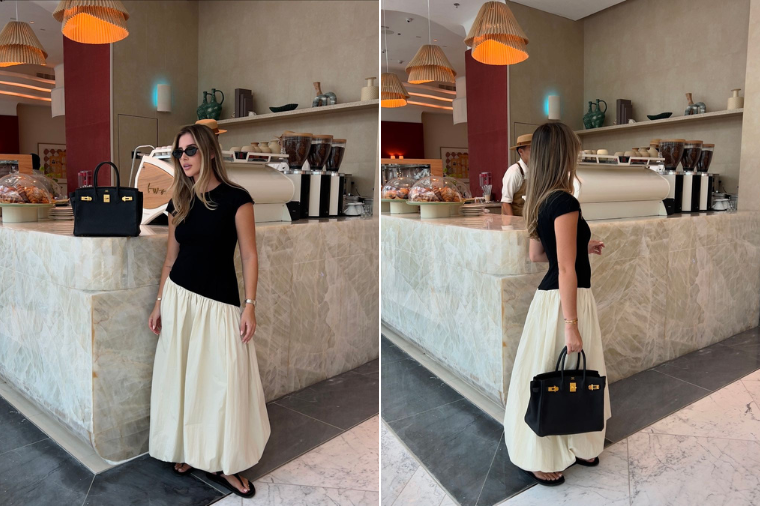Premier League football is currently experiencing a love-in with set pieces and set-piece coaches, with their goalscoring and clean-sheet-protecting routines earning plaudits far and wide. There is indisputable skill involved in co-ordinating dead-ball moves for a team to exploit, and having the talent to deliver the pinpoint crosses and make gains from corners and free kicks is important, but there’s a bedrock to set-piece success that only gets remarked upon if done poorly: holding. Advertisement It’s the unglamorous side to being effective in both boxes.
Teams who do it well invariably score goals from set pieces and also concede very few. Those who are less subtle or lack the cohesion to stay just on the right side of the line in terms of the game’s laws are prone to giving away penalties. Here, The Athletic looks at what you can get away with to reap the benefits.
What are the rules? A holding offence occurs when a player grasps an opponent’s body or shirt for a period of time, impeding their movement. The threshold for a holding offence is sustained and impactful holding, with a clear impact on the opponent’s opportunity to play or challenge for the ball and/or a non-footballing action that impacts the opposing player’s movement. This season, the Premier League and the PGMOL, the match officials’ body, have implemented special considerations in a guidance document for players and officials to follow: The Premier League also communicated the following: How .


















